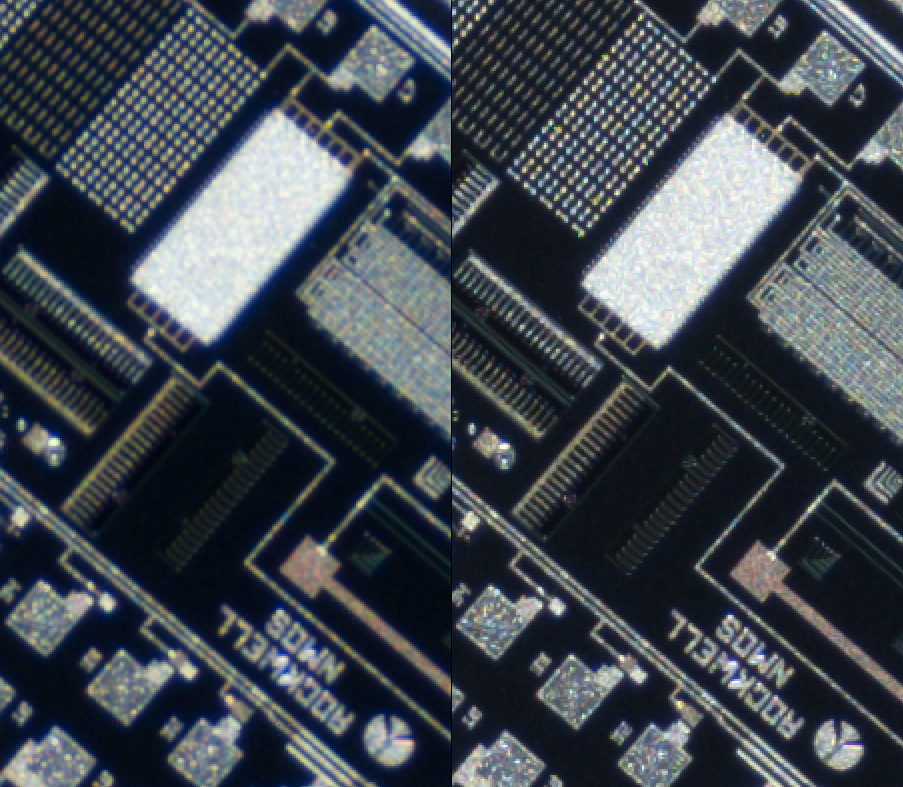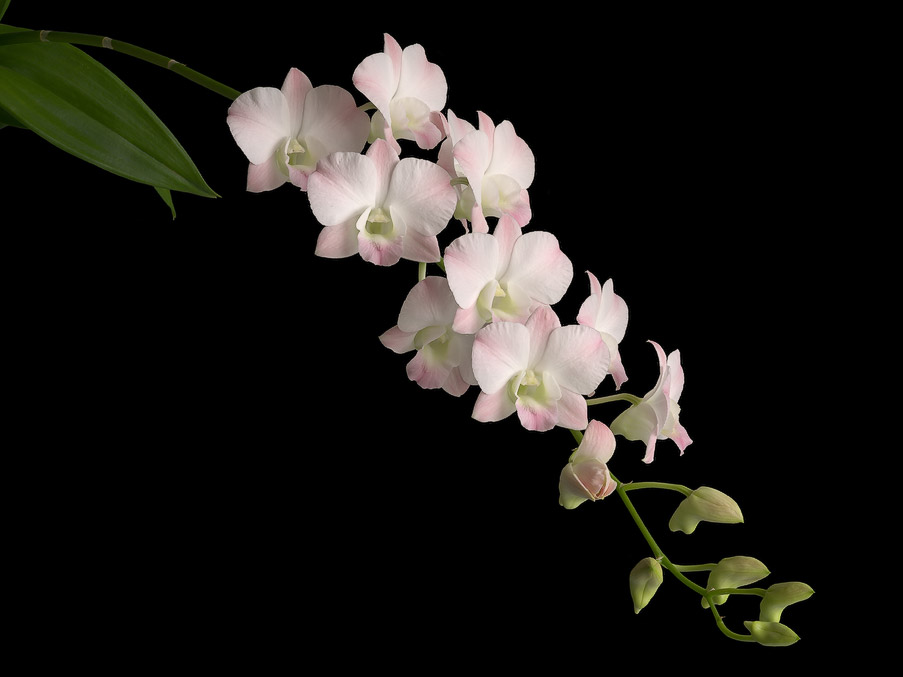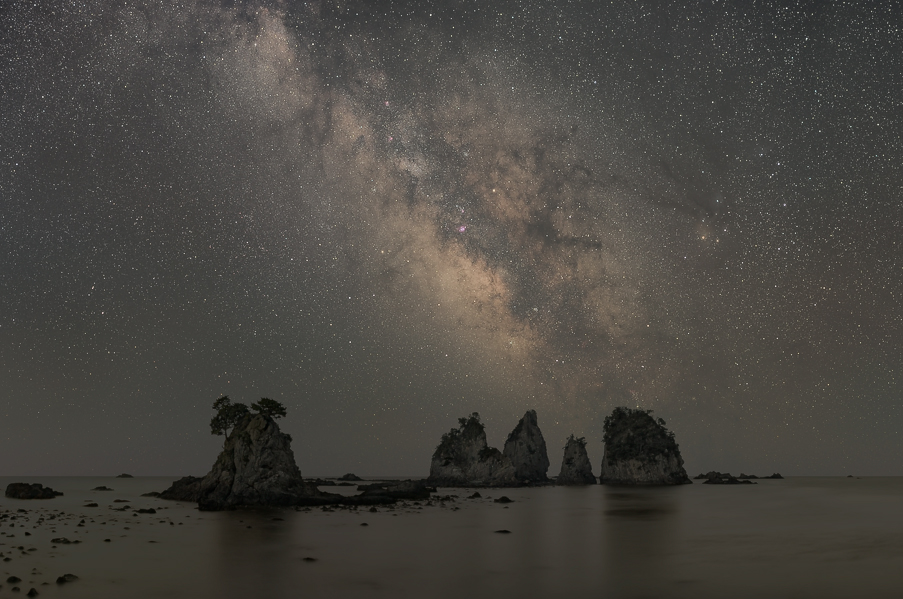Posts in Category: Uncategorized
Pixel Shift 16-shots versus Stitching
Revealing real-world photographic examples about the nature of Pixel Shift you won’t find anywhere else. How useful is Pixel Shift? Does it actually increase resolution?

One is a single shot, one is pixel shifted 16-shots, can you guess which is which? It’s not quite what you might expect…
Taming Obdurate Orchids
A glimpse into overcoming some of the challenges of making pictures of orchids, the Fujifilm GFX 100S and a bonus bit about sensor crookedness

Dendrobium Airey Peach, 2023. Photograph notes: Sony a7R II with SMC Pentax-A 645 120mm F/4 Macro, natural daylight illumination, F11, 51 focus-bracketed exposures, raws processed in RawTherapee using custom made camera profile, blended in Helicon Focus.
Your Cameras and Lenses are Crooked and How to Adjust Them
Plus a bunch of tidbits about some of the challenges in making astro-landscape photographs

Silver River Shimmers, 2017
Photograph notes: This is a composite of 4 vertical frames stitched for the sky and another 4 vertical frames stitched for the land for a total of 93.8 million pixels, using a Sony a7R II at ISO 800 and Canon EF 35mm f/1.4L II USM. Each of the sky frames was stacked and averaged from nine 32-second exposures at f/2.8. The land frames were stacked and averaged from four 32-second exposures at f/4 made 23 mins later at predawn to avoid shadows from the sun. 52 exposures were used in all. The sky exposures were tracked with a Sky-Watcher Star Adventurer.
